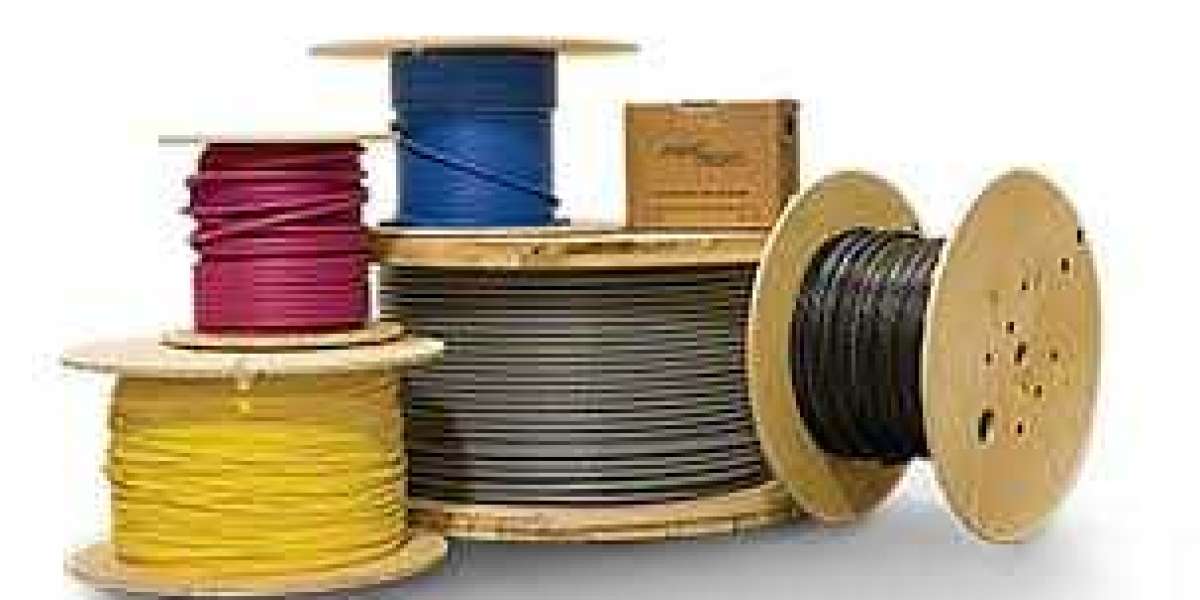Among the different types of filaments, PLA (polylactic acid) remains one of the most widely used materials due to its ease of use, low melting point, and environmentally friendly properties. However, managing bulk PLA filament efficiently is crucial to ensuring high-quality prints and minimizing waste. Proper storage, handling, and usage are key factors in achieving this balance.
The Advantages of Bulk PLA Filament
Purchasing PLA filament in bulk offers several advantages, including reduced costs per spool and a consistent supply of material, which is particularly beneficial for large-scale printing projects. Bulk purchases also minimize the risk of running out of filament in the middle of a print job, which can save time and avoid disruptions. However, bulk buying also comes with the responsibility of managing a larger inventory, ensuring that filament quality is maintained over time.
Proper Storage for Longevity
One of the most important aspects of managing bulk PLA filament is ensuring proper storage conditions. PLA is hygroscopic, meaning it absorbs moisture from the air, which can negatively impact print quality. Exposure to moisture leads to brittle filament, poor extrusion, and surface imperfections on the printed model. To avoid these issues, bulk PLA filament should be stored in airtight containers or vacuum-sealed bags with desiccants to keep humidity levels low.
Many 3D printing enthusiasts invest in dedicated filament storage solutions, such as dry boxes or filament storage cabinets, which maintain optimal conditions for large quantities of filament. These solutions help extend the lifespan of PLA, ensuring that the material remains in excellent condition for longer periods.
Monitoring Usage and Inventory
Efficient management of bulk PLA filament involves closely monitoring usage to avoid waste and track inventory levels. For businesses or individuals running multiple 3D printers simultaneously, it’s essential to implement a system for tracking the amount of filament used in each print. This can help avoid over- or under-ordering and reduce the risk of running out of filament unexpectedly.
Digital inventory management systems are becoming increasingly popular in larger setups, allowing users to keep track of filament stock, set reminders for reordering, and optimize filament usage by calculating the material required for specific print jobs. Such systems streamline filament management, saving time and reducing material waste.
Handling Filament with Care
When managing bulk PLA filament, proper handling is key to maintaining its quality. Filament spools should be handled carefully to avoid kinks, knots, or damage to the filament itself. Mishandling can lead to tangling, which may cause filament jams during printing, ultimately affecting the quality of the final product. Additionally, it’s important to ensure that the filament is fed smoothly into the printer’s extruder, which helps prevent extrusion issues.
Recycling and Waste Reduction
Effective management of bulk PLA filament also involves minimizing waste. PLA is known for its eco-friendly nature, as it is made from renewable resources and is biodegradable under industrial composting conditions. However, 3D printing still produces waste in the form of failed prints and filament scraps. Implementing a recycling system for PLA waste can help reduce environmental impact and save costs by reusing material whenever possible.
Some companies and 3D printing enthusiasts have begun adopting filament recycling machines, which allow users to recycle their PLA waste and produce new filament spools. This not only reduces material waste but also contributes to a more sustainable 3D printing workflow.
Managing bulk PLA filament effectively is essential to ensuring high-quality prints, minimizing waste, and maintaining an efficient workflow. By investing in proper storage solutions, closely monitoring inventory, handling filament with care, and embracing recycling practices, businesses and individuals can make the most of their bulk PLA filament purchases, contributing to a more sustainable and cost-effective 3D printing process.



